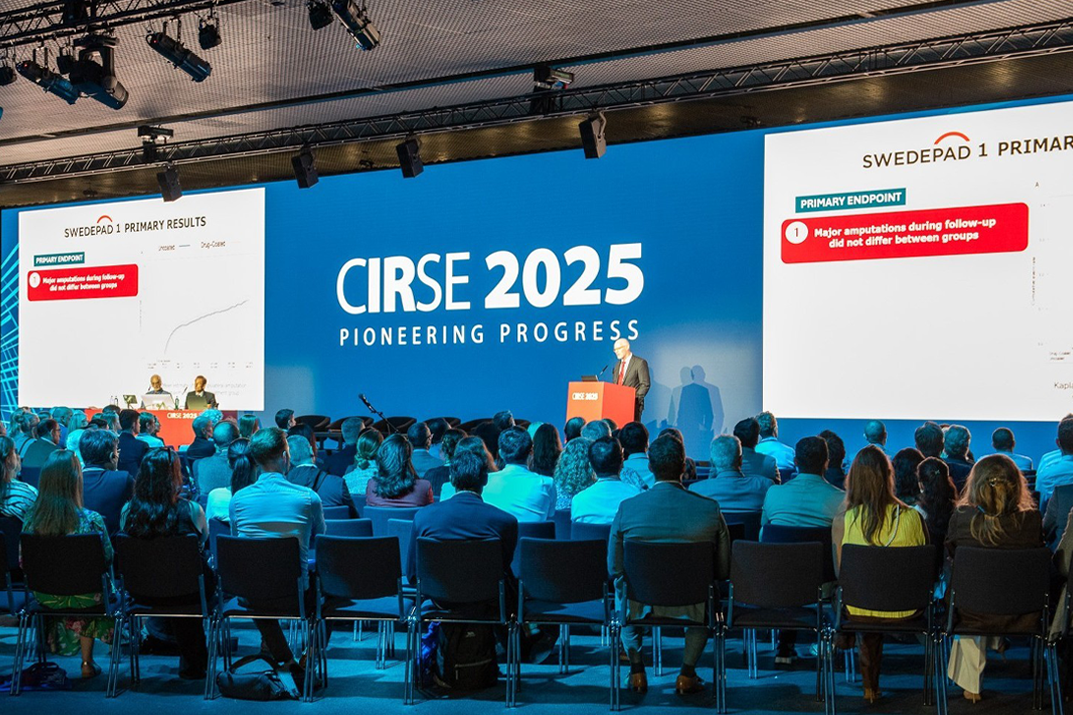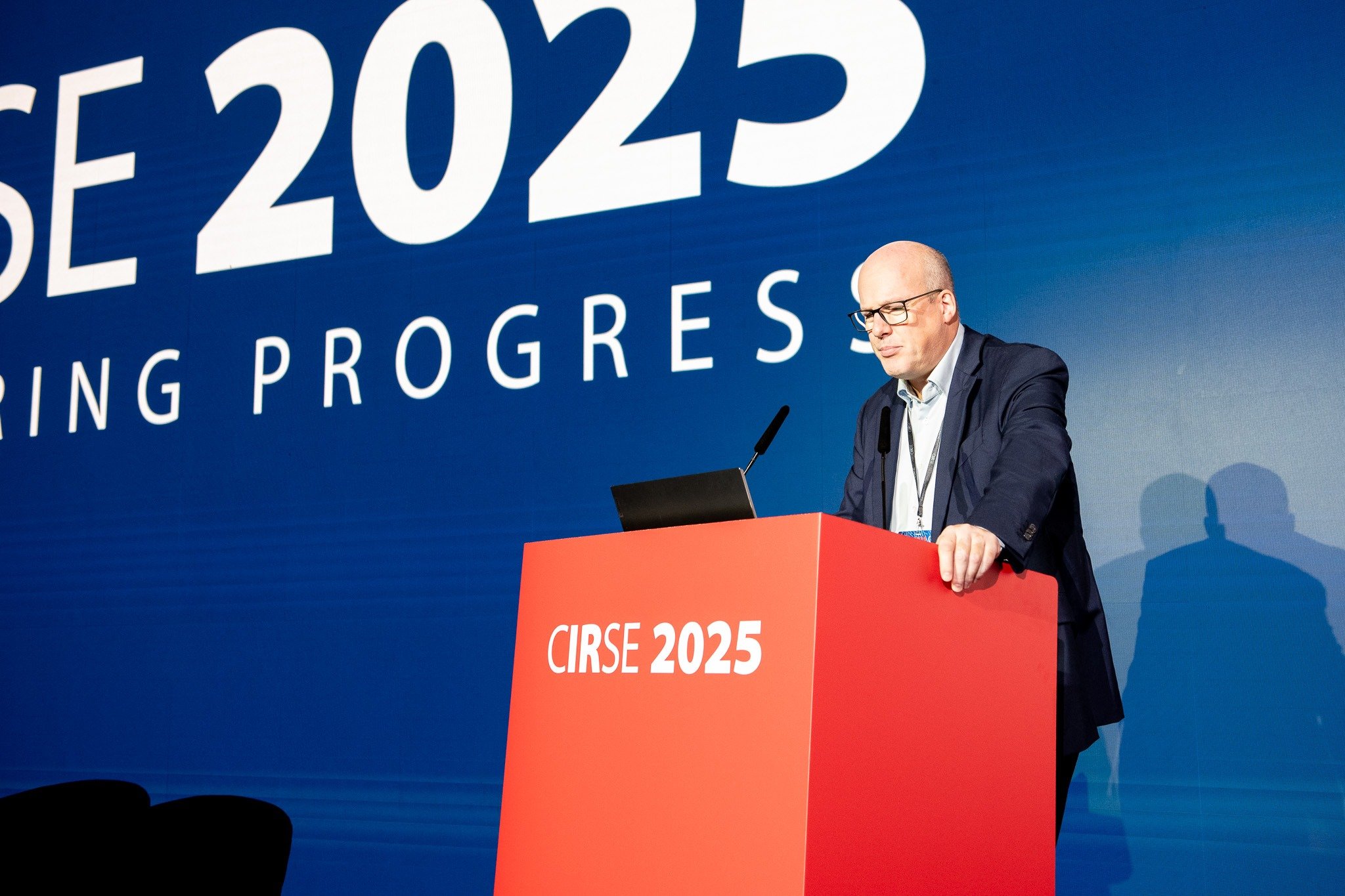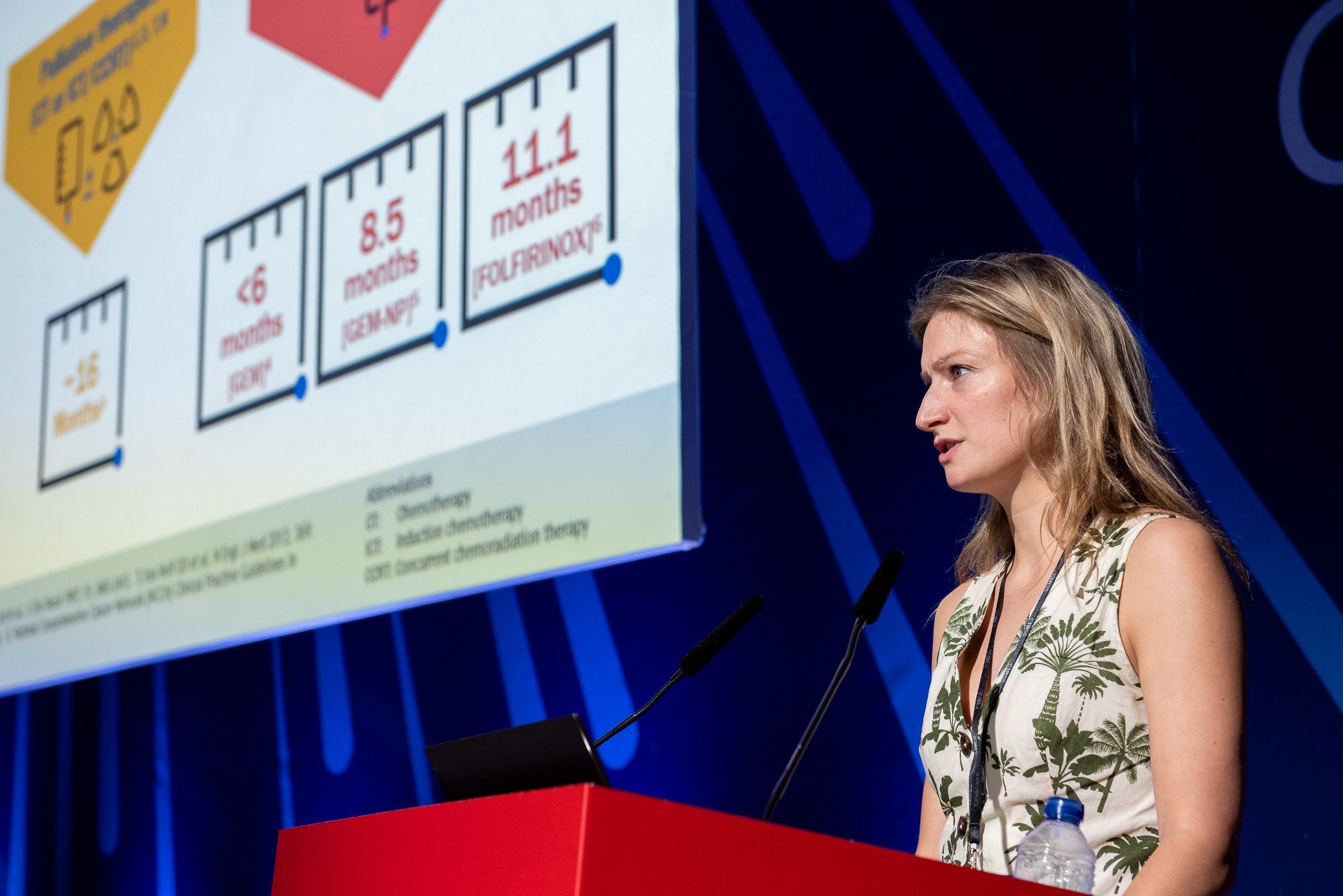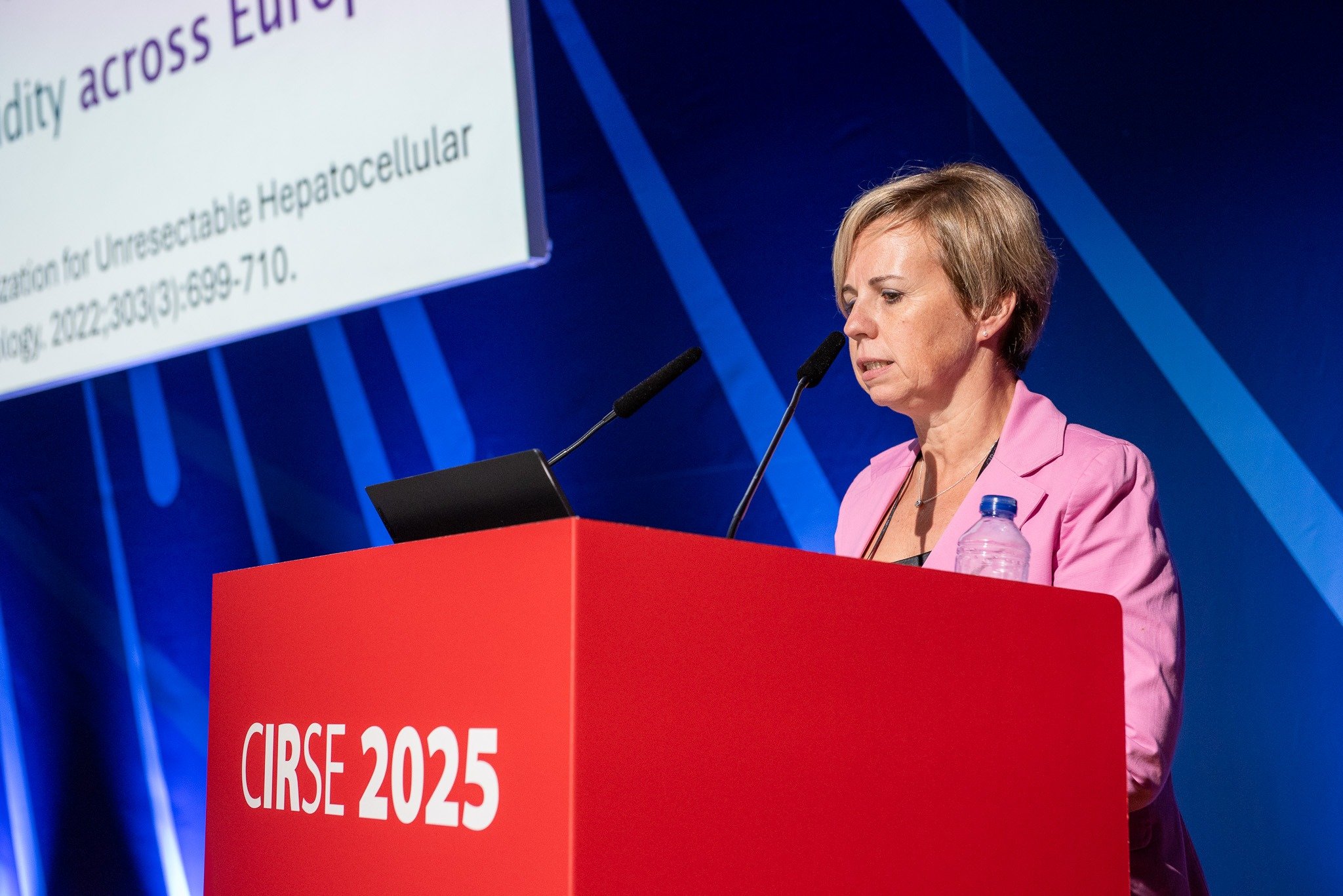September 29, 2025
Data from the newest research studies debuted at CIRSE 2025.
Out of the many thought-provoking sessions held at CIRSE 2025 from September 13-17, the FIRST@CIRSE sessions were two of the most insightful. These sessions place new and upcoming interventional radiology research in the spotlight and allow participants to hear directly from investigators about research results, lessons learned, and future research goals.
First data release on vascular IR trials and studies
Dr. Michael Lichtenberg provided new insights into the twelve-month outcomes of the SUCCESS PTA study, which seeks to collect safety and efficacy data on the SELUTION SLR™ sirolimus-eluting balloon in peripheral arterial disease patients. Over 700 patients with ATK and BTK lesions participated in the study, making it the largest real-world study of a sirolimus drug-eluting balloon. Positive results were observed and support the technology’s utility in clinical practice.
Next was Dr. Mårten Falkenberg, who presented on the SWEDEPAD 1 and 2 trials which set out to investigate the impact of drug-coated balloons and stents in patients with chronic lower limb occlusive disease in Sweden. According to the studies, the use of drug-coated devices did not reduce amputations for patients with chronic limb-threatening ischemia, and quality of life in patients with intermittent claudication did not improve; furthermore, despite a reduction in interventions during the first year for ischemia patients, there was increased five-year mortality in claudication patients, a surprising finding that Dr. Falkenberg addressed during the Q&A, “That is going to be the focus for the next year or half-year, to try to pinpoint what that might be due to.”




